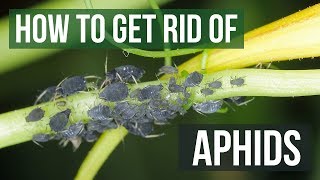Sainfoin: [Characteristics, Cultivation, Care and Disadvantages]
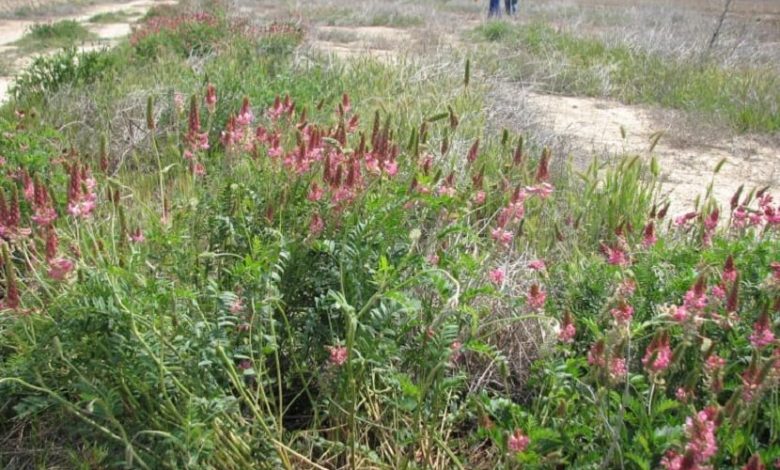
Important points when sowing a sainfoin:
- When? The sainfoin plant is ideal for growing during the fall or spring, avoiding frost during sprouting.
- Where? Sainfoin is a plant that adapts very well to limestone soils located in dry and cold regions.
- How do we water? The most recommended irrigation technique is sprinkling, in the cold months it requires little humidity.
- How often do we water? In a plantation, abundant irrigation should be carried out a few days before sowing and another when the soil is ready to receive the sainfoin.
- What care does it require? It prefers limestone soils or substrates, dry and not very fertile, as long as they are at altitudes above 600 meters and have good drainage capacity.
- What pests and diseases affect you? Like all legumes, sainfoin can be affected by bacteriosis that is generally transmitted through the soil.
What characteristics does the sainfoin plant have?
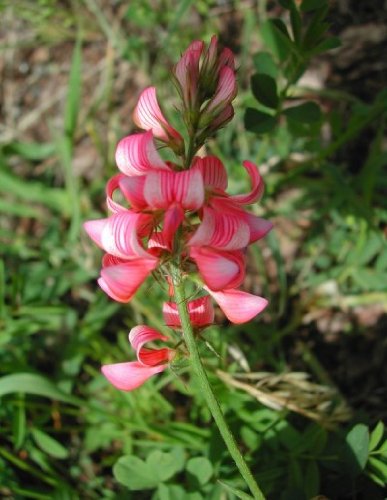 The sainfoin plant, also called pipirigallo, is an allotetraploid plant originating from a mixture of two or three different botanical species.
The sainfoin plant, also called pipirigallo, is an allotetraploid plant originating from a mixture of two or three different botanical species.
It receives the scientific name of Onobrychis viciifolia and is a leguminous, forage, pluriannual plant.
It is a species from southeastern Europe and western Asia and is widely distributed throughout central and southern Europe and the Middle East.
The cultivation of the sainfoin plant has its origin in the provinces bordering the Rhine Valley, in the North of France, in the 16th century.
There are two types of sainfoin: common or «one-cut» and fine or two-cut. Sainfoin is more hardy and persistent, produces finer stems and does not flower during the planting year.
And, the fine or «two-cut» variety, also called «french» and «basta», blooms the year it is planted, has a taller size, has larger leaves and is more vigorous. The flowers of the sainfoin have a pinkish corolla and marked darker veins, a calyx with patent long hairs.
The inflorescences grow in a spiciform raceme, stalked, with numerous flowers.Sainfoin fruit has the shape of an indehiscent, hairy nut with a jagged edge.
Sainfoin is very melliferous (its honey is monofloral) and serves as food for the larvae of some Lepidoptera insects such as Coleophora and Colutella. The average persistence of sainfoin crop production is 3 to 5 years, although in places higher than 600 meters it can last up to 6 years.
Farmers and ranchers appreciate the cultivation of sainfoin because:
- It has the ability to regenerate soil fertility,
- It fixes atmospheric nitrogen.
- It has a pivoting root that helps the incorporation of organic matter.
- Forage for cattle for its forage quality.
- Productive capacity and because it does not weather, that is, it does not produce swelling in cattle.
- It is an economical and rustic crop, suitable for inclusion as an alternative to cereals.
- It can be used very well for hay production and grazing.
When to sow sainfoin?
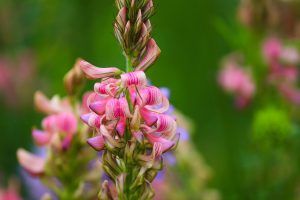 The sainfoin plant is ideal for growing during the fall or spring, avoiding frost during sprouting.
The sainfoin plant is ideal for growing during the fall or spring, avoiding frost during sprouting.
And, to favor the penetration of the sainfoin roots in the substrate, the soil must be prepared by turning or subsoiling.
Where to plant sainfoin?
Sainfoin is a plant that adapts very well to limestone soils located in dry and cold regions. Sainfoin is often grown in sub-humid and semi-arid drylands, with cooler temperatures and at altitudes above 600 m.
According to experts, when sainfoin is grown in large proportions, it should be sown in rows, taking advantage of the capacity of cereal seeders. The first crop or harvest is intended for hay, cutting in May or June when the plant is in full bloom.
How do we water the sainfoin?
The irrigation for sainfoin must be abundant and without flooding before sowing and during sowing. The most recommended irrigation technique is sprinkling, in the cold months it requires little humidity.
How often do we water the sainfoin?
In a plantation, abundant irrigation should be carried out a few days before sowing and another when the soil is ready to receive the sainfoin.
When the crop develops, one watering will suffice when the plants begin to sprout from the ground and another when they begin to form well. The sainfoin is a plant resistant to drought, although for a short time.
How to sow a sainfoin step by step?
The sowing of sainfoin must be done by seeds and in spring.
- Choose the seed at a sowing dose of 100 Kg/Ha or less so that the plant gains strength.
- Sow the sainfoin with the spreader and then flatten with a roller so that the seed is well covered.
- Water abundantly without flooding.
- Locate the crop in full sun in any type of substrate, it does not require any special one.
- The sainfoin will be born, with sufficient humidity in 4 days, but then its development will be very slow.
- It should not be mowed during the first year to gain strength.
What care does sainfoin need?
It prefers limestone soils or substrates, dry and not very fertile, as long as they are at altitudes above 600 meters and have good drainage capacity.
Sainfoin does not tolerate the intense heat of summer very well. It grows at daytime temperatures close to 20º C and at night it supports cold temperatures a little above 0º C.
It withstands short droughts well, but not flooding, constant humidity or excessively compact soils.
It does not tolerate excessive grazing well, so it is recommended to take the necessary measures and appropriate care. It is recommended to fertilize the crops annually adding phosphorus and potassium.
What pests and diseases affect sainfoin?
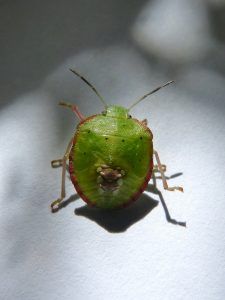 As it is a very rustic plant, sainfoin is very strong against attack by pests and diseases.
As it is a very rustic plant, sainfoin is very strong against attack by pests and diseases.
But like all legumes, sainfoin can be affected by bacteriosis that is generally transmitted through the soil.
There are several species of bacteria that can attack sainfoin, including: common blight (Xanthomonas phaseoli), Fuscous blight (X. phaseoli var. fuscans) and Halo blight (Pseudomonas phaseolicola).
Symptoms differ between specific types of blight, affected sainfoin may have white or yellow crusts, lesions or spots on its leaves, which tend to eventually fall off.
The stink bug is an insect that usually affects legumes, including sainfoin. It is a very stinky insect that gives off an intense odor when crushed and is a big problem for farmers.
On the other hand, there is the cowpea carculio, which is a very common pest among legumes and feeds on sainfoin foliage.
Bibliographic references
- Cytotaxonomic studies on the genus Onobrychis (L). Adanson with special reference to the cytogenetics of sainfoin (O. viciifolia Scop.), MD Sacristán – 1966 – digital.csic.es
- Agronomic, genetic and chemical composition characterization of a collection of sainfoin varieties , S Demdoum – 2011 – tdx.cat
- Feeding value of sainfoin (Onobrychis viciaefolia Scop), X Alibes, J Rodríguez, R Geria, F Muñoz, JP Revuelta – Pastos, 2011 – polired.upm.es
- Sainfoin or pipirigallo, a crop to be promoted, I Delgado Enguita, MJ Ochoa Jarauta… – 2004 – citarea.cita-aragon.es
- The esparceta in the Spanish northeast, P Montserrat, M Capdevila – 1964 – digital.csic.es
- Sainfoin in Pyrenean continental climates, PM Recoder, FF Estaque – Pastos, 2011 – polired.upm.es

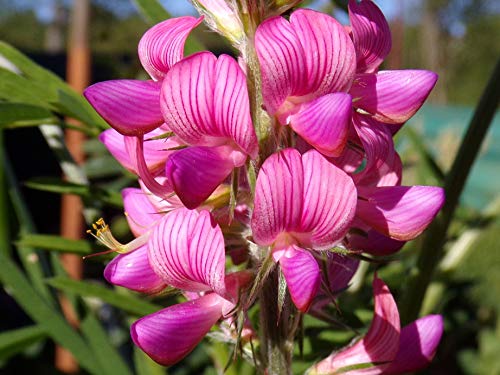

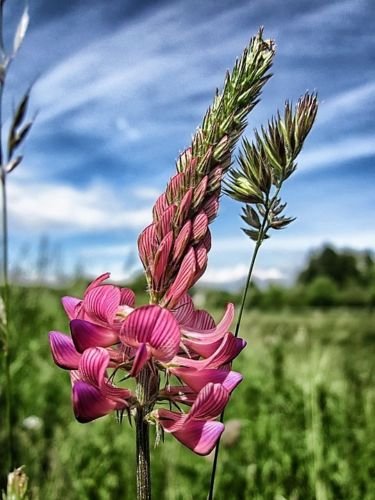
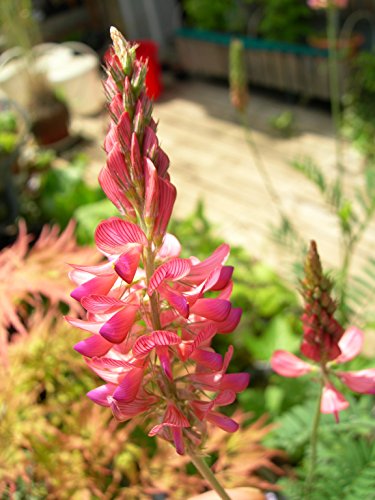

![Photo of Continental Climate: [Characteristics, Flora, Fauna and Adaptability]](https://www.complete-gardening.com/wp-content/uploads/2022/08/continental-climate-characteristics-flora-fauna-and-adaptability-390x220.jpg)
![Photo of Prune Fruit Trees: [Importance, Season, Tools, Considerations and Steps]](https://www.complete-gardening.com/wp-content/uploads/2022/08/prune-fruit-trees-importance-season-tools-considerations-and-steps-390x220.jpg)
